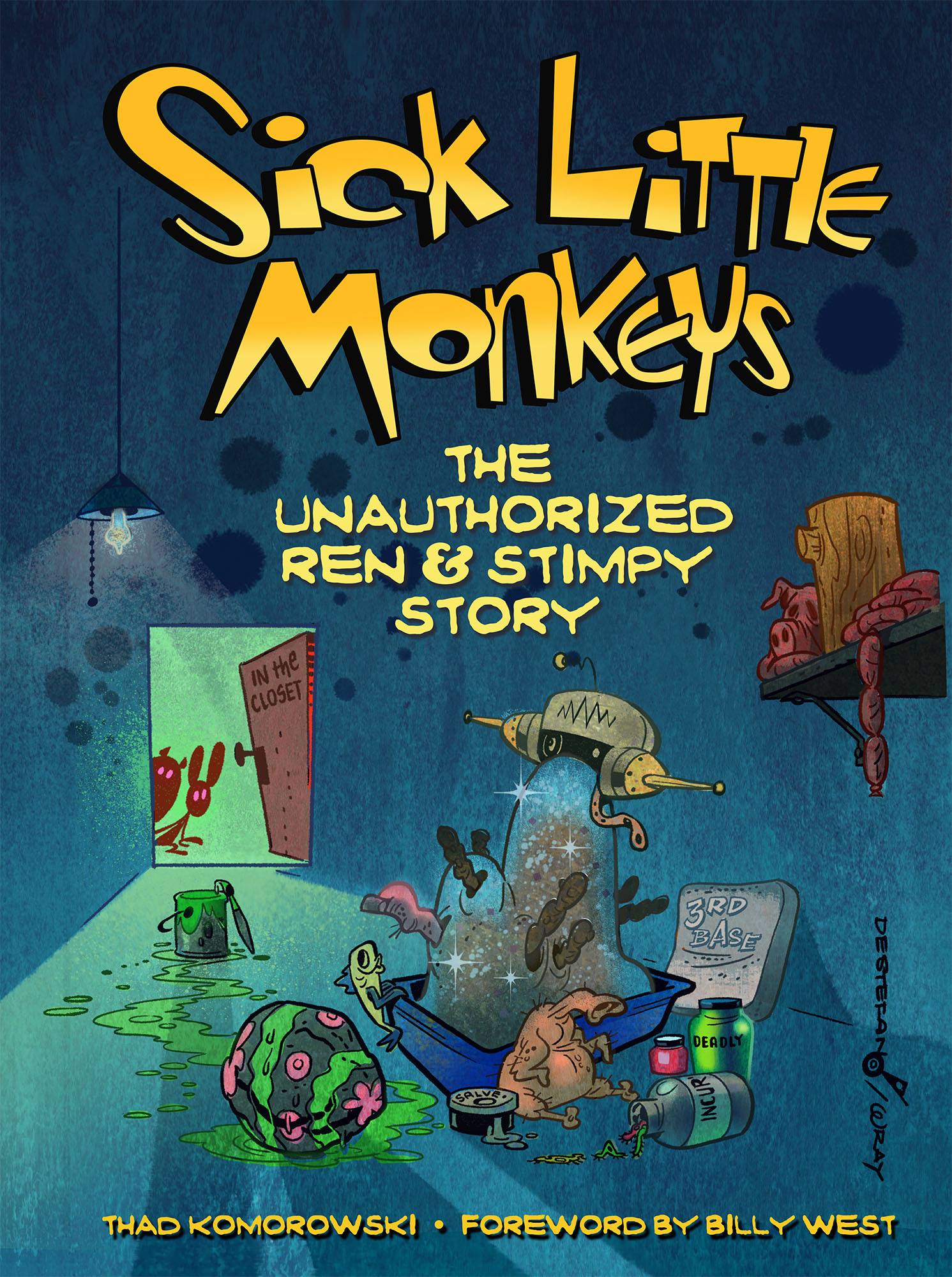If RHI wasn’t putting out a box set of the Hal Roach Laurel & Hardy sound films, I would say that the collection of Famous Studios Noveltoons Steve Stanchfield is releasing this October would be the DVD I’m looking forward to most this year. Remastered from the best accessible 35mm material, this collection will finally make some of the most unique examples of 1940s animated cartooning available in the best quality possible.
The DVD will feature twenty cartoons from 1943-50, stopping around the time things started to go south for awhile at Famous. What happened there, with its once well-polished and funny product quickly becoming a repetitive mess, is a sobering reminder of how easily the Warner studio could have suffered the same fate had the management structure been different, and how thankful we should be that those shorts were as great for as long as they were.
Steve told me he’s gotten requests to do a Famous release more than any other, so I urge you: if you’ve only read about or seen the work of artists like John Gentilella, Marty Taras, Dave Tendlar, Steve Muffati, and even Jim Tyer through this blog or others, buy this DVD to see their cartoons in the best way possible. It’s just another in the long line of immaculate collections Steve has put out and will continue to put out in the future.












